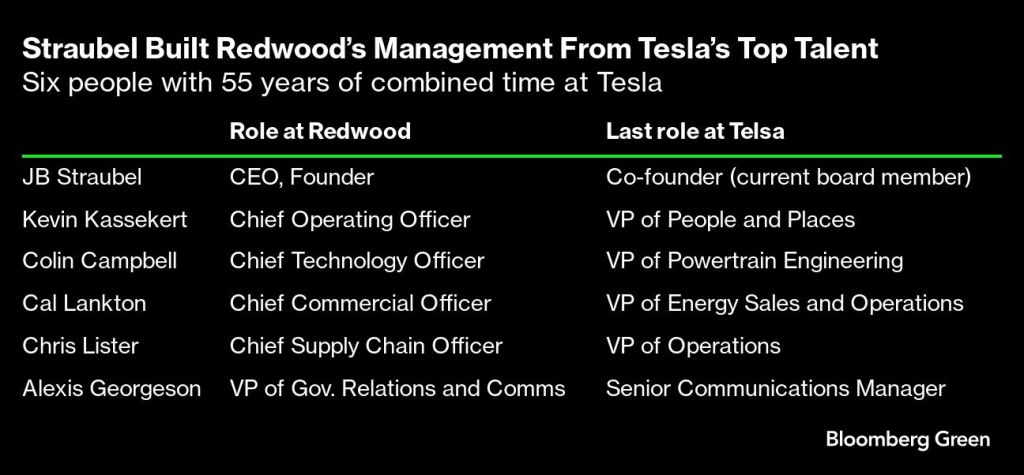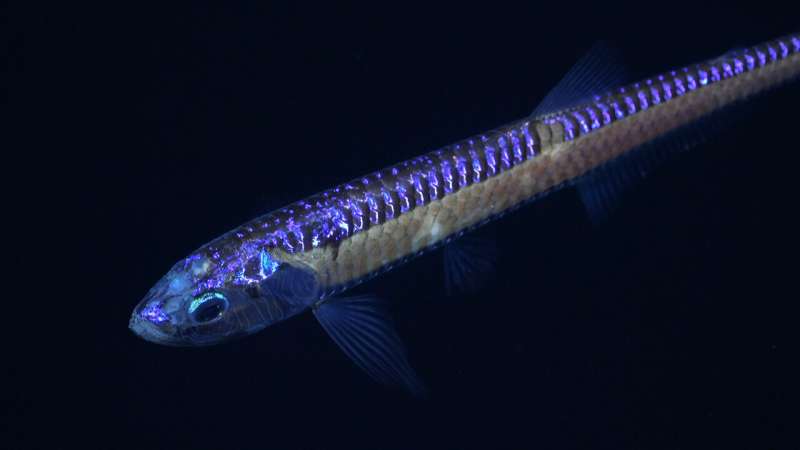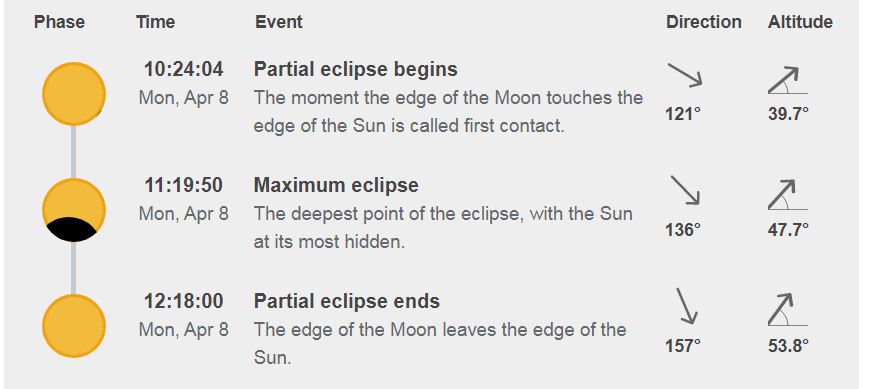The folks who study this stuff tell us that the element Helium makes up about one-fourth of the universe. Helium is produced in the sun and other stars as a product of nuclear fusion, hence its abundance. Funny thing, it’s scarce here on the home planet.
Terrestrial helium is a product of nuclear decay. Naturally-occurring uranium emits alpha particles which are helium nuclei (two protons and two neutrons).
The alpha particles pick up stray electrons from the environment and the stable helium atoms formed are trapped in rocks underground along with other naturally-occurring gases like hydrocarbons. Much of this helium, if it escapes to the atmosphere, is lost to space. Its heavier sister element, the noble gas Neon, is about three times more abundant (18.18 ppm to 5.24 ppm) in the atmosphere. The earth’s magnetic field is responsible for trapping our life-giving gases (nitrogen, oxygen, water vapor) at the surface.
Helium is very important commercially. Here’s a breakdown of its uses:

The federal government used to stockpile helium as a strategic material. They got out of that business. Helium is extracted from natural gas and thus its production is dependent on that industry. That’s put a dent in supply and raised prices. Laboratories have been hit the hardest. Most of us know something about inert-gas welding, but few of us think about medical applications like MRIs.
It might not be a bad idea for the government to think about stockpiling a strategic reserve again. It doesn’t seem smart to rely on the ups-and-down of a poorly-established and constrained market for such a rare but critical industrial material. A non-renewable resource, I should add. I suppose privatization is the politico-cultural zeitgeist, and I’m stuck in an out-dated interventionist mind-set, but here we are. Regardless, stop buying those stupid helium balloons.







